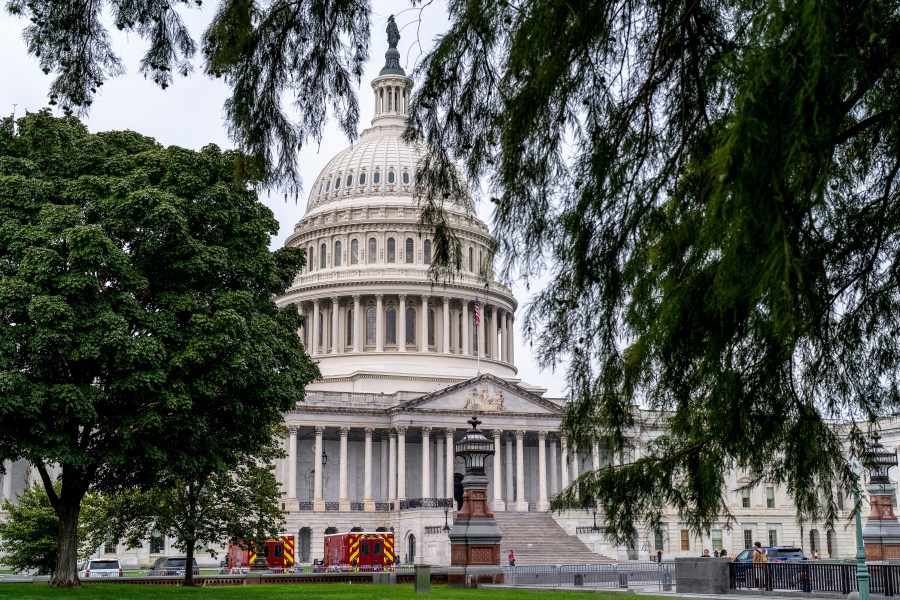As the clock ticks toward midnight on October 1, 2023, the U.S. government stands on the brink of yet another shutdown. With critical funding negotiations stalled, the potential for federal closures looms large, beginning at 12:01 a.m. Wednesday. Despite efforts by Republicans to push through a short-term funding measure lasting until November 21, Democrats are demanding modifications, particularly concerning health care provisions. They seek to reverse recent Medicaid cuts enacted in President Donald Trump‘s summer budget bill and to extend tax credits that help millions afford health insurance premiums through the Affordable Care Act marketplaces. Republicans have described the Democratic demands as non-negotiable, resulting in a deadlock that shows no sign of resolution.
Impact of a Government Shutdown
When funding lapses, federal agencies must halt operations and furlough non-essential employees. Those deemed “excepted,” such as personnel involved in public safety, remain on duty but do not receive pay until the shutdown concludes. During the previous 35-day partial shutdown in Trump’s first term, approximately 340,000 of the 800,000 affected federal workers were furloughed.
Despite the disruptions, many essential services continue during a shutdown. Employees from the FBI, CIA, and air traffic control remain operational, as do members of the Armed Forces. Programs funded through mandatory spending, like Social Security and Medicare, will also proceed uninterrupted, ensuring that beneficiaries receive their payments and access necessary health services.
Furloughed workers will ultimately receive retroactive pay, as mandated by a law passed in 2019. While they will be compensated for their time off, the delay in paychecks can still create financial strain for many families. Service members, too, will be entitled to back pay once government operations resume.
Essential Services and Administrative Actions
Notably, the U.S. Postal Service operates independently and remains unaffected by a government shutdown. It generates revenue through service sales rather than tax dollars.
The extent of service interruptions varies by agency, with each developing its own shutdown plan. A recent memo from the White House’s Office of Management and Budget hinted at a more aggressive approach this time around. It suggested that agencies might need to issue reduction-in-force notices for programs lacking alternative funding sources, potentially leading to mass layoffs. This would differ significantly from previous shutdowns, where furloughed employees returned to work once funding was restored.
For instance, the Department of Health and Human Services plans to furlough approximately 41% of its nearly 80,000 employees. The Centers for Disease Control and Prevention will continue monitoring disease outbreaks, but its public communication efforts may be curtailed.
The Education Department anticipates furloughing around 1,500 of its 1,700 employees, excluding those involved in federal student aid. While the department will maintain disbursement of Pell Grants and Federal Direct Student Loans, it will suspend new grantmaking activities.
Meanwhile, the National Park Service will lock facilities inaccessible during non-business hours, but some areas may remain open depending on staffing levels.
According to Phillip Swagel, director of the Congressional Budget Office, the immediate economic impact of a brief shutdown is minimal due to the retroactive pay law. However, prolonged shutdowns can lead to uncertainty regarding government operations and financial impacts on funded programs.
Research from Goldman Sachs indicates that while markets typically do not react significantly to shutdowns, sustained closures could reduce economic growth by approximately 0.15 percentage points each week. Conversely, growth may rebound once the government reopens.
As the deadline approaches, the standoff in Congress leaves many in the federal workforce and the public awaiting clarity on how the potential shutdown will unfold.
